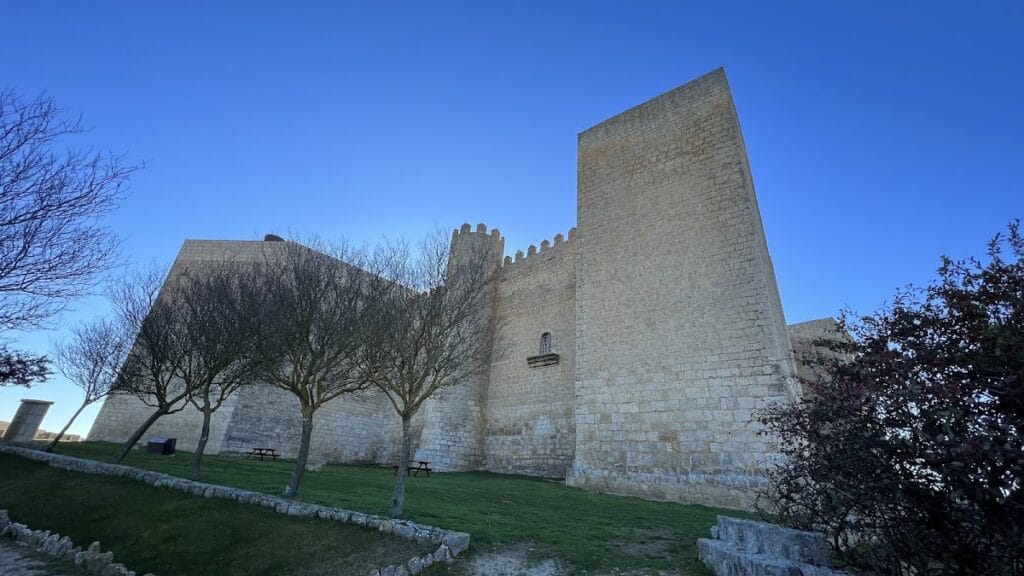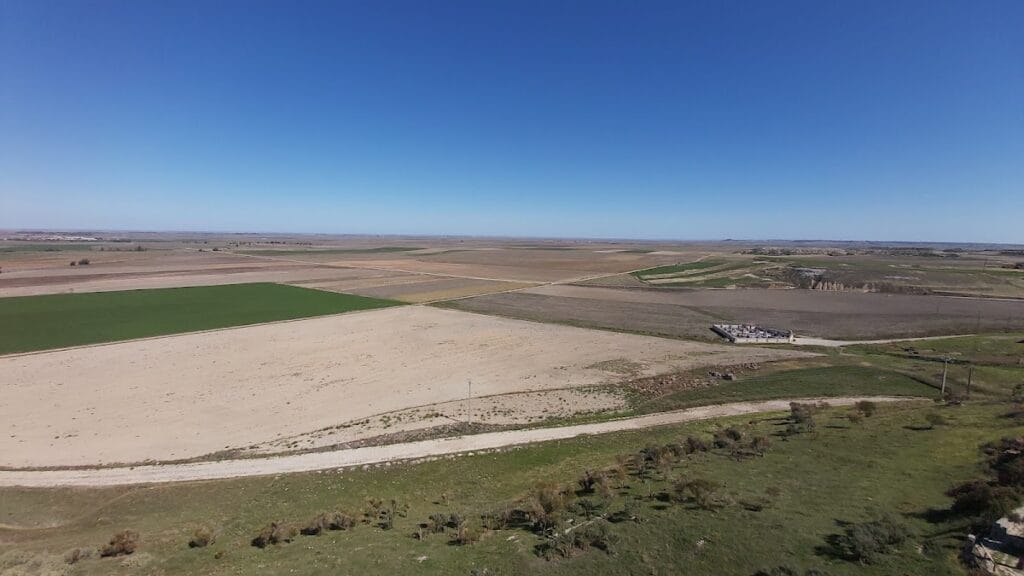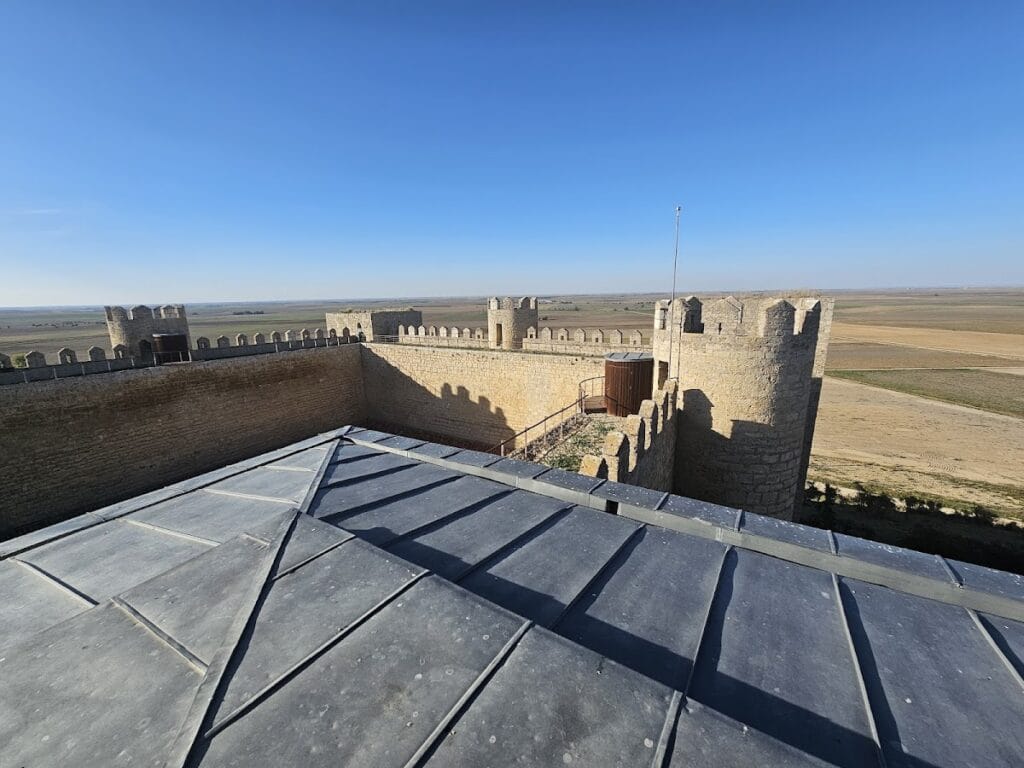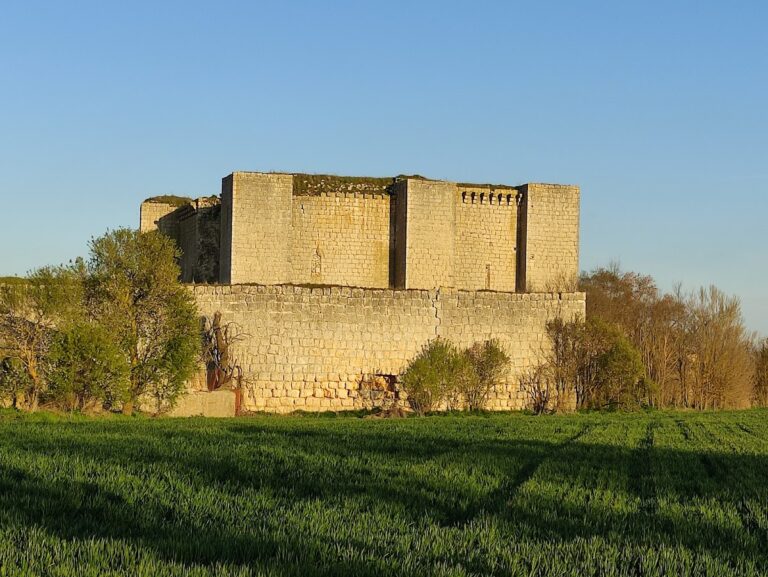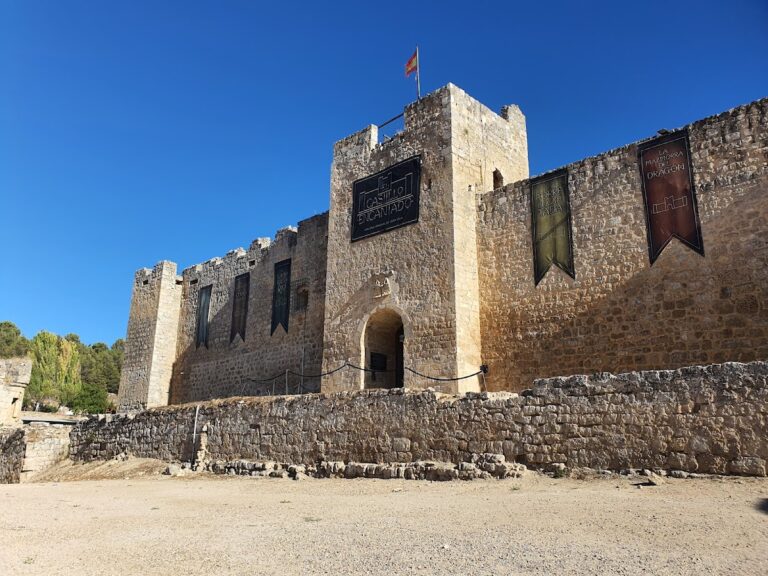Castillo de Montealegre de Campos: A Medieval Fortress in Spain
Visitor Information
Google Rating: 4.5
Popularity: Low
Official Website: www.provinciadevalladolid.com
Country: Spain
Civilization: Unclassified
Site type: Military
Remains: Castle
History
The Castillo de Montealegre de Campos is located in the municipality of Montealegre de Campos, Spain. This fortress was constructed in the 13th century by Alfonso Téllez de Meneses, a member of the medieval Castilian nobility. From its inception, the castle was built to serve as a strong defensive structure, controlling the surrounding region on the southern edge of the Tierra de Campos.
Throughout the late Middle Ages, the castle played a significant role in the turbulent conflicts between King Pedro I of Castile and the supporters of Enrique de Trastámara. Ownership of the fortress passed into the hands of the Dukes of Alburquerque, a powerful noble family. Isabel Téllez de Meneses, married to Juan Alfonso de Alburquerque who was a favorite of King Pedro I, notably defended the castle during these disputes, ensuring its walls remained unbreached.
After the death of the last Meneses in 1365 without heirs, the castle and its possessions were granted by King Enrique II to his brother, Count Sancho, confirming a shift in control aligned with the new ruling dynasty. In the early 16th century, the fortress again became a focal point of conflict as it served as a refuge for the comuneros, the rebels who challenged royal authority during the War of the Communities between 1520 and 1522.
Entering the modern era, the castle was nearly dismantled in 1908 when Lucinio del Corral y Flórez and Florencio Alonso purchased it with the intent to sell its stone for railway construction. This plan was ultimately not carried out, leaving the structure standing. Before this, in the late 18th century, part of the fortress’s large keep, known as the torre del homenaje, was reduced in size as stones were sold to aid the construction of the Canal de Castilla near Medina de Rioseco.
In the 20th century, the castle found a new, temporary purpose after the Spanish Civil War when it was converted into a grain silo. During the 1960s, it also served as a filming location for parts of the movie “El Cid,” starring Charlton Heston. Later restoration efforts carried out in the 21st century revitalized the castle, turning it into a cultural center dedicated to the interpretation of the Middle Ages.
Remains
The Castillo de Montealegre de Campos presents a nearly square layout fortified by massive stone walls that reach approximately 20 meters in height and are up to four meters thick. These imposing walls surround the fortress atop a hill near the Montes Torozos, providing commanding views of the surrounding Tierra de Campos. The battlements, although incomplete, crown the walls and were originally designed to offer defenders protection during assaults.
The fortress features a total of eight towers: four occupy each corner of the square plan while four more rounded towers are positioned along the curtain walls, contributing to its defensive capabilities. Of particular note is the pentagonal tower next to the main entrance, which likely functioned as the central keep, or torre del homenaje. This tower was historically taller but diminished during the late 18th century when its stone was repurposed for nearby civil engineering projects.
Access to the castle is marked by a modest main gate topped by the coat of arms of the House of Albuquerque. Above the portal sits a machicolation, a type of projecting gallery with openings through which defenders could drop objects or pour substances on attackers below. This architectural feature was a common medieval defense mechanism.
Inside, the castle once contained a courtyard (referred to as a corte) ringed by timber-framed structures. On the ground floor, these buildings served as stables and storage rooms, while the upper floors housed living quarters for the guards who manned the fortress. Encircling the upper portions of the walls runs a continuous wall walk known as the camino de ronda, which allowed defenders to move quickly along the perimeter during sieges.
Constructed primarily from stone, the walls and towers have seen sections dismantled over centuries for use in local infrastructure but remain largely preserved due to periods of abandonment and later conservation. Today, parts of the castle have been restored to provide an interpretation center of medieval life and fortifications. From the battlements, visitors can appreciate sweeping views that include other nearby castles such as those at Ampudia, Torremormojón, and Belmonte, highlighting the region’s dense network of defensive sites.
